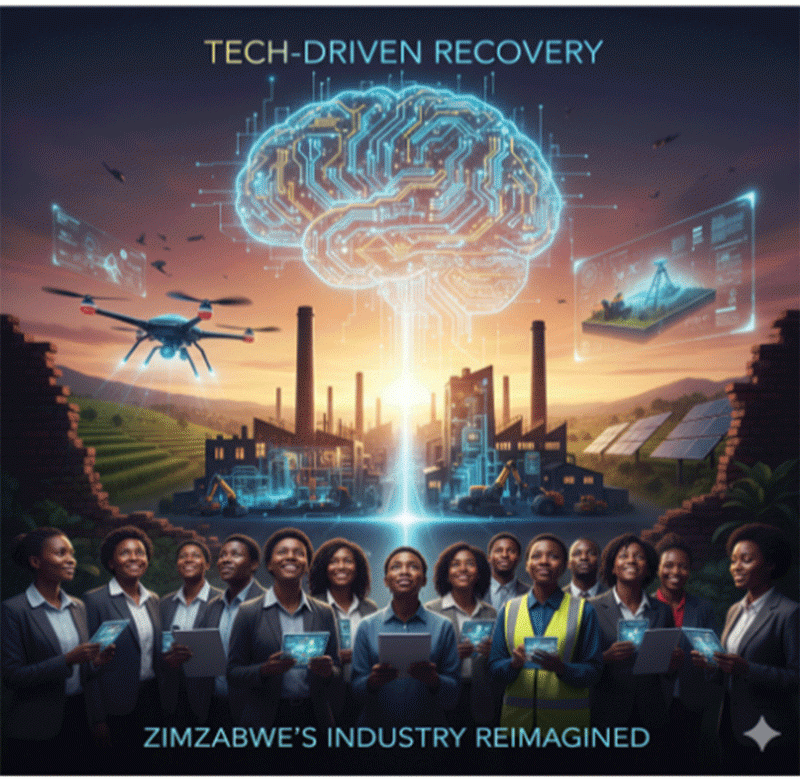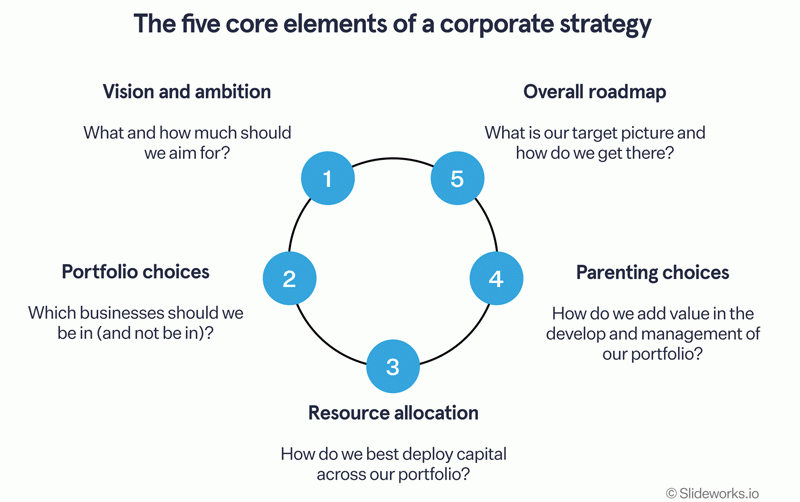
INFORMATION and communication technologies (ICT) and artificial intelligence (AI) training has been more perfunctory rather than productive, thus failing to tackle the pervasive gender divide. This signals that diversity is simply another box to tick for policymakers.
As the pendulum swings between gender career interests within society, traditionally men were seen as the fulcrum of stability in tandem with the internet of things (IoT), while women were advancing against the backdrop of intersectional discrimination.
Intersectional discrimination recognises social inequities occurring at the nexus of multiple social identities hence we have fewer women in ICT.
The need for an intersectional approach provides powerful lens for officials to examine hurdles and ensure access to information and communications technology (ICT) across disability, gender, and socioeconomic status.
Globally, the internet penetration rates are 12% lower for women than men. The data further showed that while the gender gap for internet use has narrowed in most regions since 2013, the gap in Africa has widened with 25% fewer women than men using the internet (ITU, 2017).
These inequalities are important to note and to act upon.
However it is also important for policymakers to comprehend the heterogeneity of women both across the nation based on geographic location, age, education and socio-economic status.
Therefore, this shows that there is an imbalance between all these groups that need to be isolated and understood in order to determine the correct and most important points of intervention required.
- Harvest hay to prevent veldfires: Ema
- ‘Zec must pass credibility, transparency tests’
- Public relations: How artificial intelligence is changing the face of PR
- All set for inaugural job fair
Keep Reading
Moreover, technological advances have revolutionised STEM (science, technology, engineering and mathematics) careers, which are growing more than ever.
The widening gender gap in this industry has left women behind.
Last month, James Manyika (Zimbabwean-American) and Google's first senior vice-president of research, technology and society (RTTS) highlighted the transformative power of AI in a presentation in Victoria Falls.
Artificial intelligence (AI) has been around for a long time in various forms. It promises big changes in many fields, especially medicine.
It can enable early change, evaluation and attention that can increase efficiency and productivity in the field.
Audry Chivanga, a 20-year-old Zimbabwean student at the Africa leadership University (Rwanda), member of the Jim Leech (Mastercard) Foundation, is at the forefront of combating stereotypes in the field of ICT and artificial intelligence.
Mediqueueless, an integrated application system she developed to reduce long hospital queues in Africa, is in the final stages of healthcare system integration.
She is also working to launch AshleTech (Digital Laboratory), a platform where African health information can be easily accessed, and taking steps to extend healthcare to remote areas through a platform that allows real-time interaction between doctors and patients.
The principle of gender mainstreaming in ICT helps overcome obstacles arising from women's inequality and reduce gender differences.
However, the problems that girls and women face in the field of technology, such as lack of knowledge, strong masculinity and chauvinism, need to be corrected.
There is need for new policies and programmes that take into account intersectionality when adopting ICT as a tool for sustainable development.
- Nyawo is a development practitioner.










